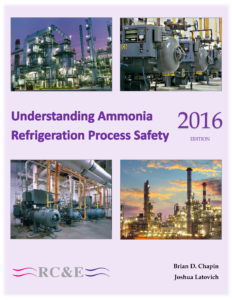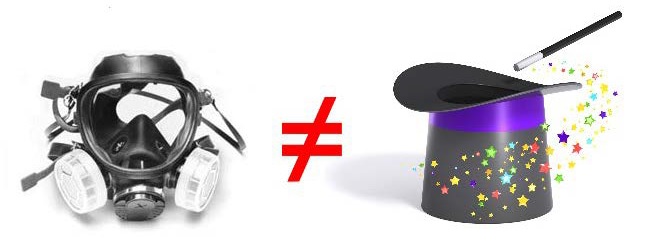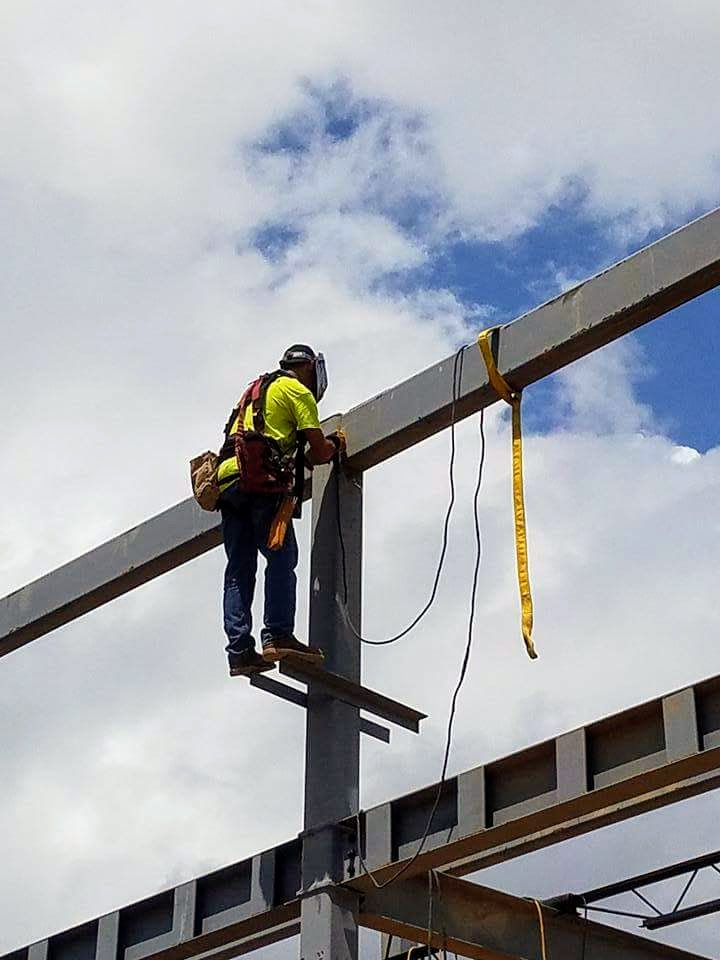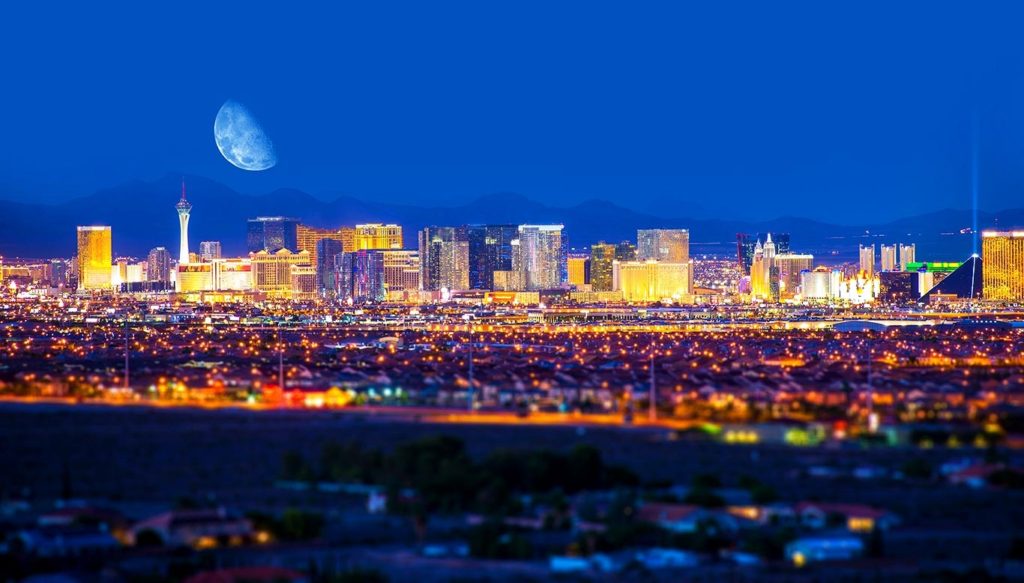Nearly two years ago, I changed the Management of Change Written Plan template in my PSM programs to make a few changes:
- Removed the “minor change” and “major change” categories.
- Explicitly require a Process Hazard Analysis review during all equipment/facility MOC’s.
- Explicitly require a Pre-Startup Safety Review (PSSR) before startup for all equipment/facility MOC’s and suggesting that it be conducted by someone other than the person that performed the MOC procedure.
These changes are related and they were made for a few reasons, which broadly break into three categories:
- PSM Guidance History
- Lessons Learned from Audits, Citations, and Incidents
- Plan Simplification
PSM Guidance History: There are two main ongoing issues with the NH3 refrigeration industry’s understanding of MOC. The first is the fiction that there are “minor” and “major” categories of changes in the PSM/RMP rules. It seems that the example written plan provided in the first edition of the IIAR Compliance Guidelines has been so internalized into our industry that people have stopped looking at the actual regulations or guidance documents from OSHA & the EPA. Essentially, the IIAR guidance splits changes into either “minor” or “major” based on whether they invalidate the PHA. If they do invalidate the PHA, they are “major” changes, and if they don’t, they are “minor” changes. This (arguably useful) fiction is NOT present in the PSM/RMP MOC rules.
Here’s the relevant IIAR guidance on “minor” changes:
“When processes undergo minor changes (e.g., minor rerouting of a piping run), information is typically added to a PHA file to reflect the change, even though the validity of the PHA is not affected by the modification.”
Here’s the relevant IIAR guidance on “major” changes:
“A major change is a modification which has significant impact on process conditions or system parameters and was not addressed by a previous Process Hazard Analysis (PHA) study.”
If that’s your policy, then the IIAR is already telling you that the PHA should be reviewed during the change. Why? How could you possibly know if the change “was not addressed by a previous PHA study” or whether the “Validity of the PHA is not affected by the modification” without reviewing the PHA?
Since the IIAR guidance (and experience) tell us we have to review the PHA as part of the change, there is little benefit to the IIAR scheme of “minor” and “major” changes. You can’t justifiably determine which category the change falls into until after you’ve reviewed the PHA. Unfortunately, that’s not what was happening…
Lessons Learned: PSM covered facilities have a LONG history of failing to properly manage changes. You would be stunned to see some of the changes that occur in covered processes without undergoing an adequate MOC procedure – or without any MOC at all. We’ve seen entire machine rooms added with no PHA review because the facility felt that the change was a “minor” change. The reality of implementing the IIARs guidance was that people were deciding if a change was “minor” or “major” based on their gut feeling of the size/complexity of the change – They weren’t actually reviewing the PHA to make this determination. The IIAR scheme acted as a “shortcut” for many facilities as they tried to jam ever larger & more complex changes into the “minor” category.
Furthermore, we found that almost none of these poorly performed MOC procedures were being caught by the facility. Since one person was in charge of (and administering) the entire program, there was essentially NO oversight. Adding the PSSR at the end of the equipment / facility MOC procedure provided a degree of oversight.
Simplification: Removing the “minor” and “major” categories meant that all equipment / facility changes followed the same procedural steps. Each equipment / facility change now requires the “Responsible Person” to review the relevant PHA section(s). Please note that this is not a full-scale team-based exercise – it’s the “Responsible Person” reading through the relevant section(s) and making a determination based on their expertise. Obviously, as in all other cases, if the “Responsible Person” is encouraged to seek any operational or engineering expertise they might lack. If the PHA section(s) appears unaffected by the change, then that’s the end of the issue until the regularly scheduled PHA revalidation. If, however, the PHA section(s) appears to be affected, then they need to be revalidated by a team meeting the requirements of 1910.119(e) & 40CFR§68.75.
Also, added at this time were individual component PSSR sheets. That is, for each common type of equipment in an NH3 refrigeration system, a sheet was created that allowed you to quickly document the Pre-Startup Safety Review. These sheets covered various required PSI items as well as IIAR Bulletin 109 items that have been commonly requested and IIAR Bulletin 110 inspection & maintenance items. Since, this PSSR is required (by the Written Plan) for every equipment / facility change, they provide a oversight function as well as meeting the regulatory requirements.
—
All of these changes are made to improve the MOC & PSSR process.
To meet the requirements of the MOC element 1910.119(l)(2)(ii) you have to “assure that the following considerations are addressed prior to the change: …Impact of change on safety and health.” If you haven’t read this OSHA MOC guidance recently, I highly commend it to you:
An MOC procedure is required anytime a change per the requirements of 1910.119(l) is considered. An MOC procedure is a proactive management system tool used in part to determine if a change might result in safety and health impacts. OSHA’s MOC requirement is prospective.
The standard requires that an MOC procedure be completed, regardless of whether any safety and health impacts will actually be realized by the change. The intent is, in part, to have the employer analyze any potential safety and health impacts of a change prior to its implementation. Even if the employer rightly concludes there would be no safety and health impacts related to a change, 1910.119(l)(1) still requires the employer to conduct the MOC procedure.
The MOC requirements are important because many large incidents have occurred in the past when changes have been made and the employer either did not consider the safety and health impacts of the change, or did not appreciate (wrongly concluded) the potential consequences of the change before it was too late. Therefore, it is not only required, but important that the employer conducts an MOC procedure on each change, even those changes the employer believes will have no safety or health impacts. (OSHA, Refinery PSM NEP, 2007)
It is the word prospective in the above text that is most important. You can think of the dictionary-like definition of “a study that starts with the current condition and follows it into the future.” You could also think of those men and women who panned for gold in the western territories of the US during the 19th century. Like them, you are looking through a lot of mundane things to find the rare oddity – that unique nugget – that can cause trouble. In an MOC the nugget is a hazard that needs a safeguard – either a new one, or one you already have but haven’t yet applied to the discovered hazard.
Where do you document the hazards you’ve found and the safeguards you’ve put in place? The Process Hazard Analysis!



 PPE isn’t some sort of magic relic that provides protection while you are within a certain radius of its location. It works when – and ONLY when – you use it properly. This same foolish thinking that allows people to require APR’s “nearby” could be applied to seat-belts with about the same effectiveness: “Well, no he wasn’t wearing the seat-belt during the accident. Funny thing: the darned seat-belt was right there next to him and he still went out the window when the car hit the tree.”
PPE isn’t some sort of magic relic that provides protection while you are within a certain radius of its location. It works when – and ONLY when – you use it properly. This same foolish thinking that allows people to require APR’s “nearby” could be applied to seat-belts with about the same effectiveness: “Well, no he wasn’t wearing the seat-belt during the accident. Funny thing: the darned seat-belt was right there next to him and he still went out the window when the car hit the tree.”

